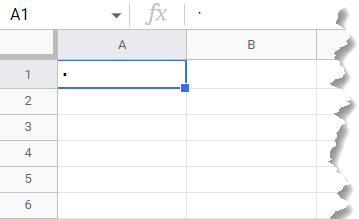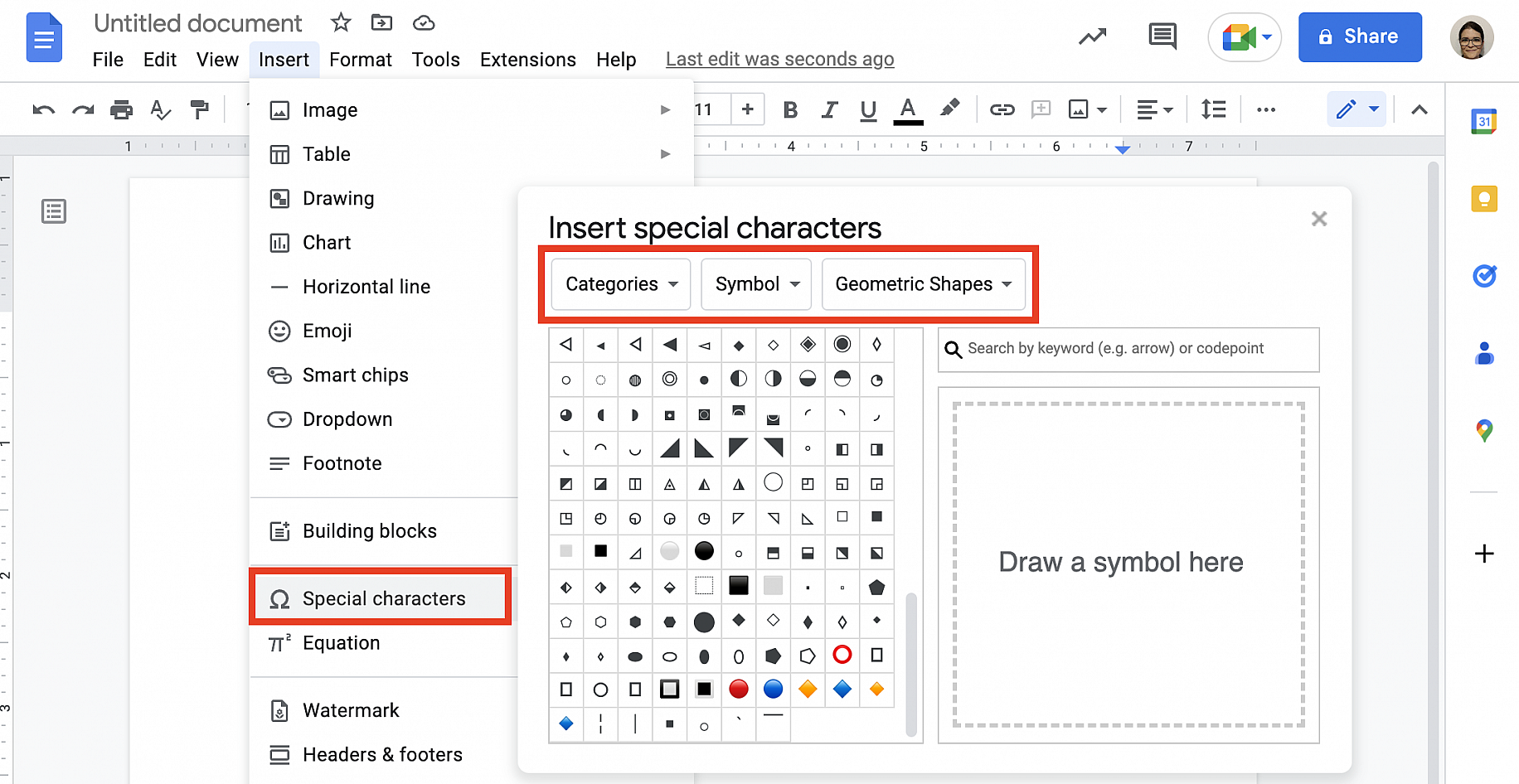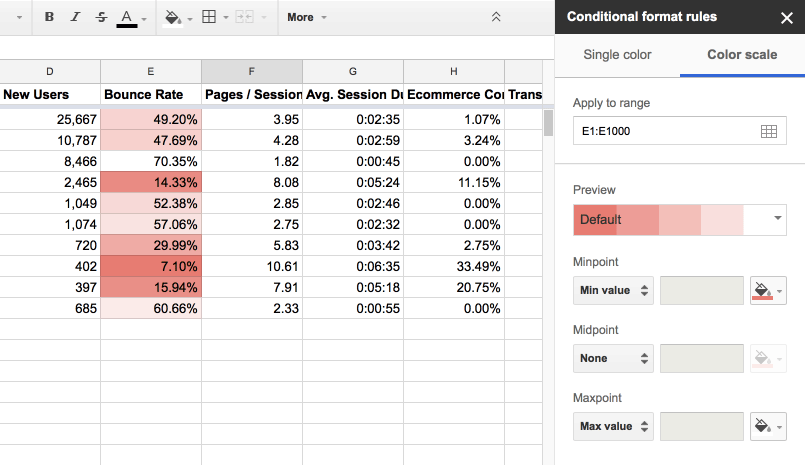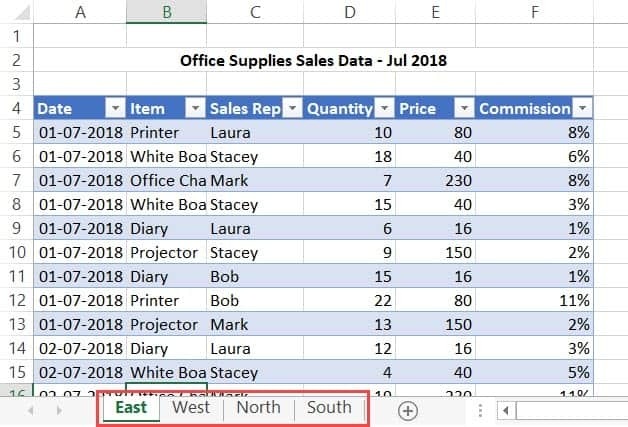5 Essential Tips for Google Sheets Bullet Points

Google Sheets, a powerful tool within the Google Workspace suite, offers an array of features to enhance productivity and data management. Among its many capabilities, the ability to create and format bullet points is a fundamental skill that can greatly improve the readability and organization of your spreadsheets. Whether you're creating a simple to-do list or a complex project plan, understanding how to effectively utilize bullet points can elevate the presentation of your data.
The Significance of Bullet Points in Google Sheets

Bullet points are a straightforward yet effective way to visually separate and highlight important information within a spreadsheet. They provide a clear, concise format that helps users quickly grasp the key points and navigate through dense data sets. By employing bullet points, you can transform a plain, monotonous spreadsheet into an engaging, well-structured document.
5 Essential Tips for Mastering Bullet Points in Google Sheets

Here are five expert tips to help you master the art of bullet points in Google Sheets, ensuring your data is presented with clarity and impact.
1. Utilize the Bullet Point Shortcut
The quickest way to insert bullet points in Google Sheets is by using the dedicated keyboard shortcut. Simply select the cells or rows where you want to add bullet points, and then press Alt + Shift + 8 (on a Windows keyboard) or Option + 8 (on a Mac). This shortcut instantly adds bullet points to your selected cells, saving you time and effort.
2. Create Custom Bullet Styles
While the default bullet point style is a solid circle, Google Sheets allows you to customize the bullet style to suit your preferences or the aesthetic of your spreadsheet. To access the custom bullet options, navigate to the Format menu, select Bullets & Numbers, and then choose More Bullets. Here, you can select from a variety of bullet styles, including circles, squares, arrows, and more. Additionally, you can create your own custom bullet style by uploading an image or using a custom character.
3. Align Text and Bullet Points
To ensure a professional and consistent look, it’s important to align your text and bullet points properly. By default, bullet points are aligned to the left, but you can easily adjust this alignment to center or right-align your text. Simply select the cells containing the bullet points, navigate to the Format menu, and choose Alignment. From here, you can adjust the text alignment to your desired format.
4. Nest Bullet Points for Hierarchy
Creating nested bullet points is an excellent way to add structure and hierarchy to your data. This technique allows you to indicate relationships between different levels of information, making it easier for readers to understand the flow of your data. To nest bullet points, simply select the cell below an existing bullet point and press Tab on your keyboard. This will indent the new bullet point, creating a visual hierarchy.
5. Combine Bullet Points with Conditional Formatting
Conditional formatting is a powerful tool in Google Sheets that allows you to format cells based on specific conditions. By combining bullet points with conditional formatting, you can create dynamic and interactive spreadsheets. For example, you can set up conditional formatting rules to automatically add bullet points to cells that meet certain criteria, such as a specific value or a text match. This automation not only saves time but also ensures consistency in your data presentation.
Real-World Application: Project Management with Bullet Points
Bullet points are particularly useful in project management, where they can help organize and communicate complex plans. Consider a project timeline in Google Sheets. By using bullet points, you can create a clear, hierarchical structure that outlines key milestones, tasks, and deadlines. This visual representation enhances the understanding of the project’s progression and helps keep all stakeholders aligned.
For example, you could use nested bullet points to indicate the hierarchy of tasks within a project. The top-level bullet points might represent major milestones, while subsequent levels could detail specific tasks and subtasks. This clear organization makes it easier to track progress, identify dependencies, and communicate the project's status to team members and clients.
Conclusion: Elevate Your Data Presentation
Mastering bullet points in Google Sheets is a valuable skill that can significantly enhance the presentation and organization of your data. By utilizing the tips outlined above, you can create visually appealing and easily understandable spreadsheets that effectively communicate your information. Whether you’re creating to-do lists, project plans, or any other type of data-rich document, bullet points are a simple yet powerful tool to have in your repertoire.
FAQ

Can I use different bullet point styles within the same spreadsheet?
+Yes, you can certainly use different bullet point styles within a single spreadsheet. This can be especially useful when you want to visually differentiate between different sections or categories of data. To apply different bullet styles, simply select the desired cells and navigate to the Format menu, followed by Bullets & Numbers and More Bullets. Here, you can choose from a variety of pre-set styles or create your own custom bullet design.
How can I remove bullet points from selected cells in Google Sheets?
+If you need to remove bullet points from selected cells, simply select the cells containing the bullet points and navigate to the Format menu. From there, choose Bullets & Numbers and select None from the list of bullet styles. This will remove the bullet points from the selected cells, restoring them to their default, unformatted state.
Is it possible to automatically generate bullet points based on specific conditions in Google Sheets?
+Absolutely! Google Sheets’ conditional formatting feature allows you to automatically generate bullet points based on specific conditions. For instance, you can set up a rule that adds a bullet point to cells containing a certain value or text. To do this, select the desired cells, navigate to the Format menu, choose Conditional formatting, and create a rule that applies the desired bullet point style when the specified condition is met.



